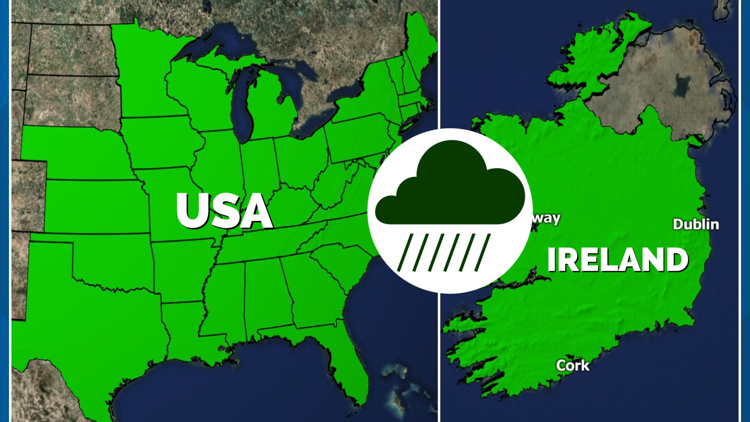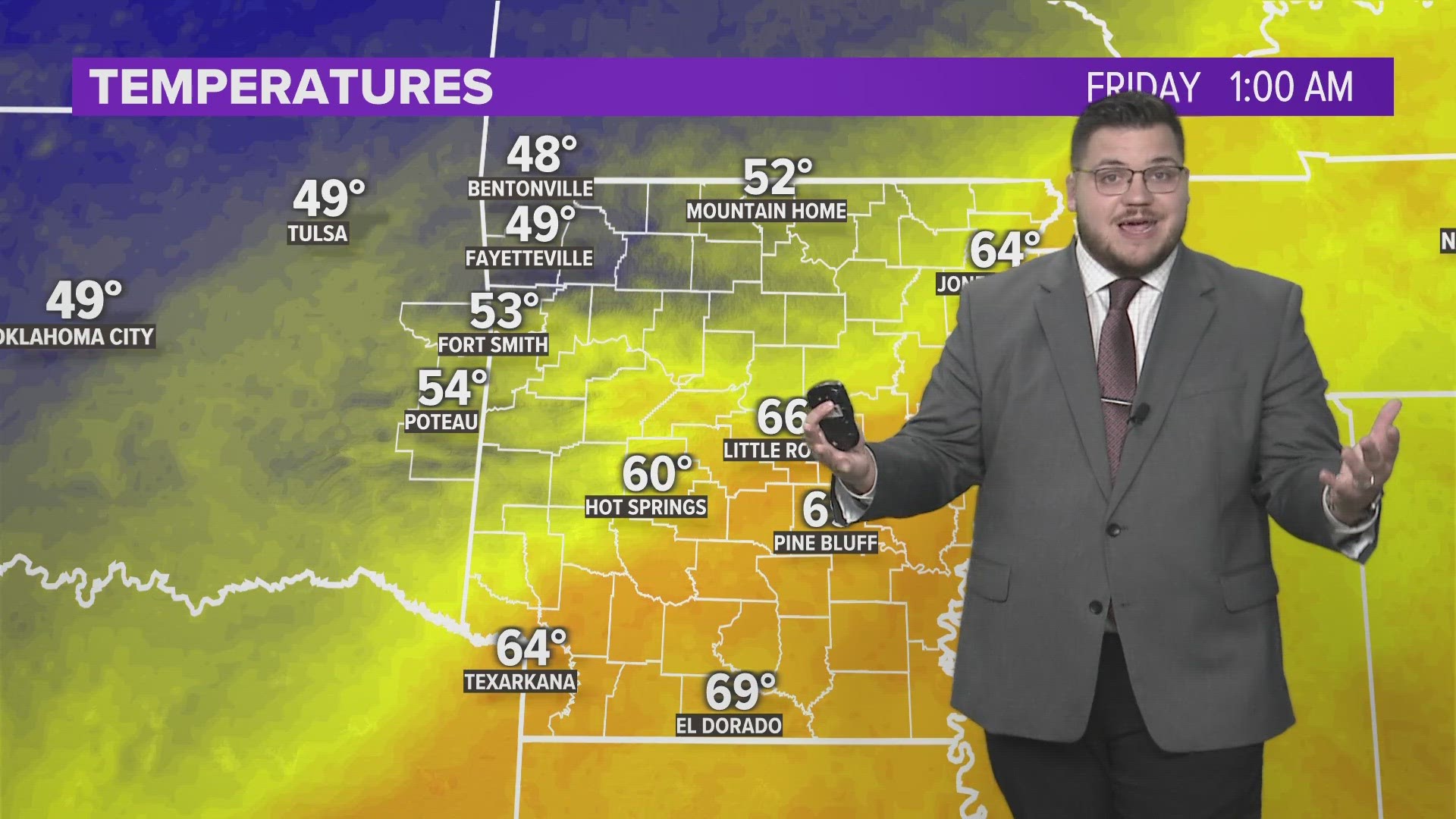Ireland gets a lot of attention in March with Saint Patrick's Day. The country is has stunning shades of green over its landscape for the majority of the year. Steady rainfall usually keeps the island pretty green. But how does it's rainfall compare to rainfall in the United States?

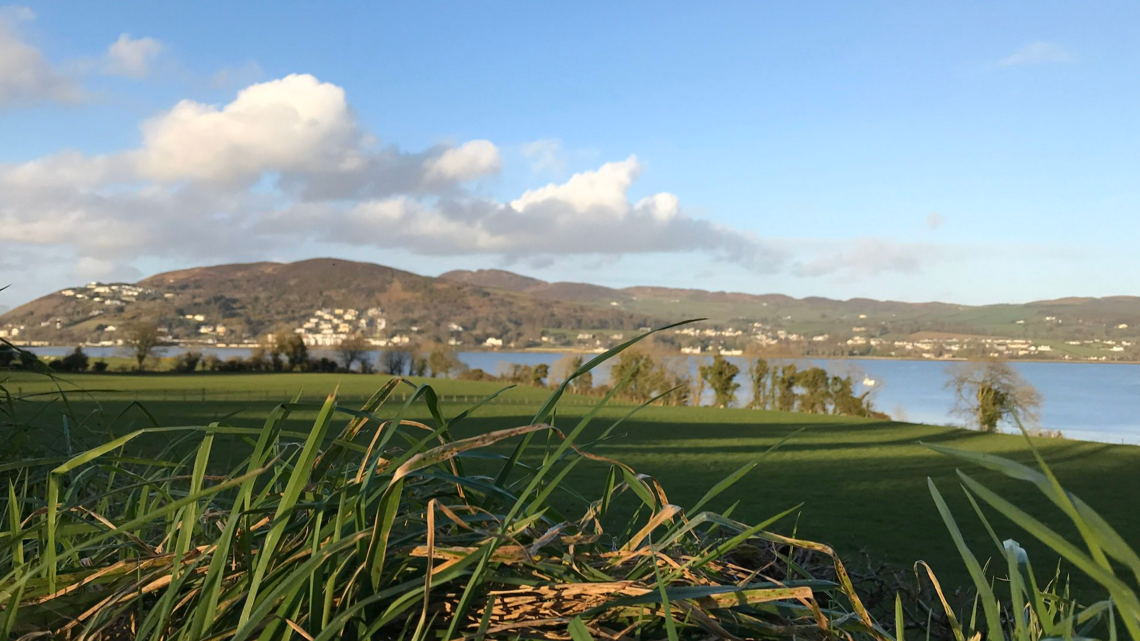
Rainfall ranges across Ireland from the west coast near Galway to the east coast in the capital city of Dublin. We'll be using capital cities to make contrasts simpler.

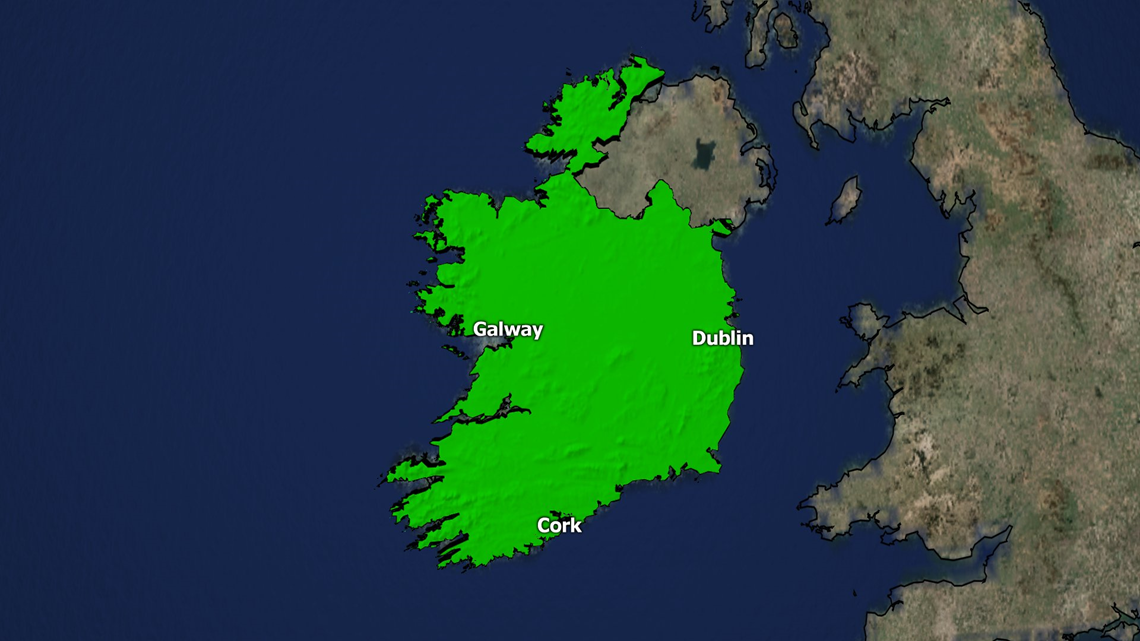
IRELAND - Annual rainfall
Dublin: 30.2 inches

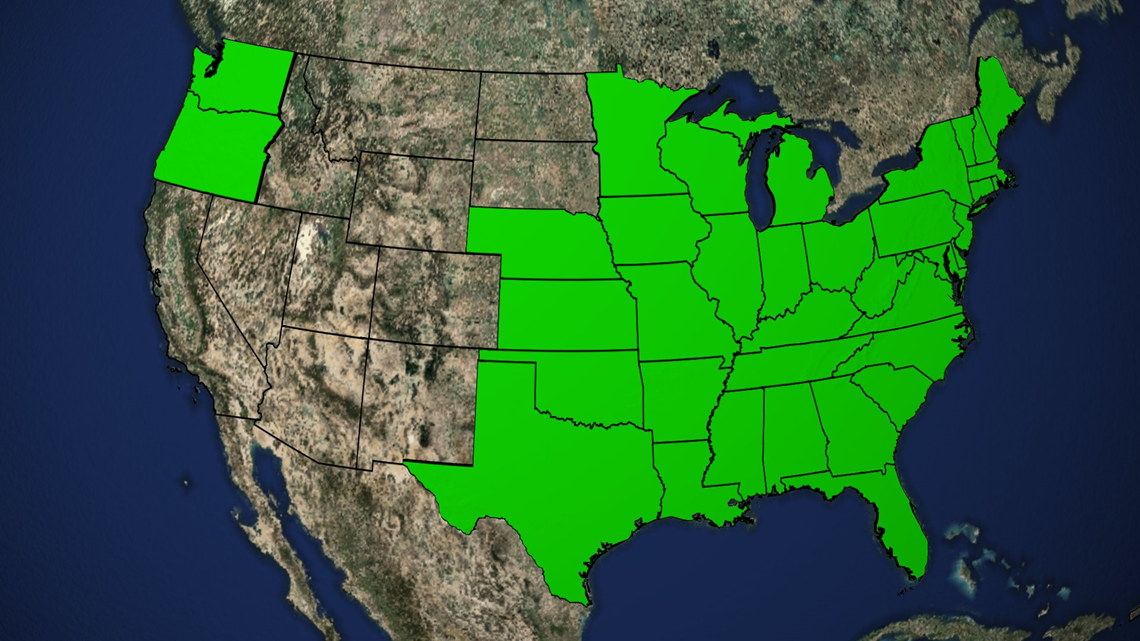
UNITED STATES - States with MORE annual rainfall than Dublin, Ireland
Alabama (Montgomery): 53.1 inches
Alaska (Juneau): 62.3 inches
Arkansas (Little Rock): 49.6 inches
Connecticut (Hartford): 44.2 inches
Delaware (Dover): 46.1 inches
Florida (Tallahassee): 59.2 inches
Georgia (Atlanta): 47.1 inches
Illinois (Springfield): 37.4 inches
Indiana (Indianapolis): 42.2 inches
Iowa (Des Moines): 36 inches
Kansas (Topeka): 36.5 inches
Oklahoma (Oklahoma City): 36.5 inches
Kentucky (Frankfort): 43.6 inches
Maine (Augusta): 41.8 inches
Massachusetts (Boston): 43.6 inches
Louisiana (Baton Rouge): 60.7 inches
Maryland (Annapolis): 47.3 inches
Michigan (Lansing): 32.8 inches
Minnesota (Saint Paul): 32.0 inches
Mississippi (Jackson): 54.1 inches
Missouri (Jefferson City) 43.1 inches
New Hampshire (Concord): 40.6 inches
New Jersey (Trenton): 46.3 inches
New York (Albany): 39.4 inches
North Carolina (Raleigh): 46.6 inches
Ohio (Columbus): 56.1 inches
Oregon (Salem): 39.7 inches
Pennsylvania (Harrisburg): 41.5 inches
Rhode Island (Providence): 47.2 inches
South Carolina (Columbia): 46.3 inches
Texas (Austin): 34.2 inches
Vermont (Montpelier): 37.3 inches
Virginia (Richmond): 43.3 inches
Washington (Olympia): 50.0 inches
West Virginia (Charleston): 51 inches
Wisconsin (Madison): 34.5 inches
UNITED STATES - States with LESS annual rainfall than Dublin, Ireland
Arizona (Phoenix): 8.0 inches
California (Sacramento): 18.5 inches*
Colorado (Denver): 14.2 inches
New Mexico (Santa Fe): 14.2 inches
Hawaii (Honolulu): 17.1 inches*
Idaho (Boise): 11.7 inches
Montana (Helena): 11.2 inches
Nebraska (Lincoln): 29.0 inches
Nevada (Carson City): 9.7 inches
North Dakota (Bismarck): 17.9 inches
South Dakota (Pierre): 19.9 inches
Utah (Salt Lake City): 18.6 inches
Wyoming (Cheyenne): 15.9 inches
*other locations in the state get much more rainfall due to terrain influences and jet stream tendencies
Why is Ireland considered so rainy when most Americans get more rainfall on every year?
Answer: Intensity of rainfall
In Ireland, the Gulf Stream provides plenty of moisture and rain showers towards the island. However, most showers range from misty to moderate. Even if it mists every single day, rainfall totals only gradually increase. In the USA, most of the eastern two-thirds of the nation gets more rainfall than Ireland but in shorter, more intense spurts. Often times rainfall totals get a big boost during downpours within thunderstorms especially during the warm season. Thunderstorms are much more likely in America rather than Ireland (too stable of an atmosphere influenced by maritime air).
Ireland can sometimes be considered greener than many parts of the United States during parts of the year, even though the island is technically drier over the course of one year. Much of this is due to higher latitudes leading to a higher solar angle and rate of evaporation. Higher sun angles translate to more intense heating which leads to more water evaporating. In the USA, rain can be quickly evaporated during extended sunny, dry periods as the sun is high in the sky. Because Ireland is at a higher latitude, the sun doesn't get as high in the sky and thus doesn't heat and evaporate water as well, leaving more water for the landscape to use and stay green.
-Matt


